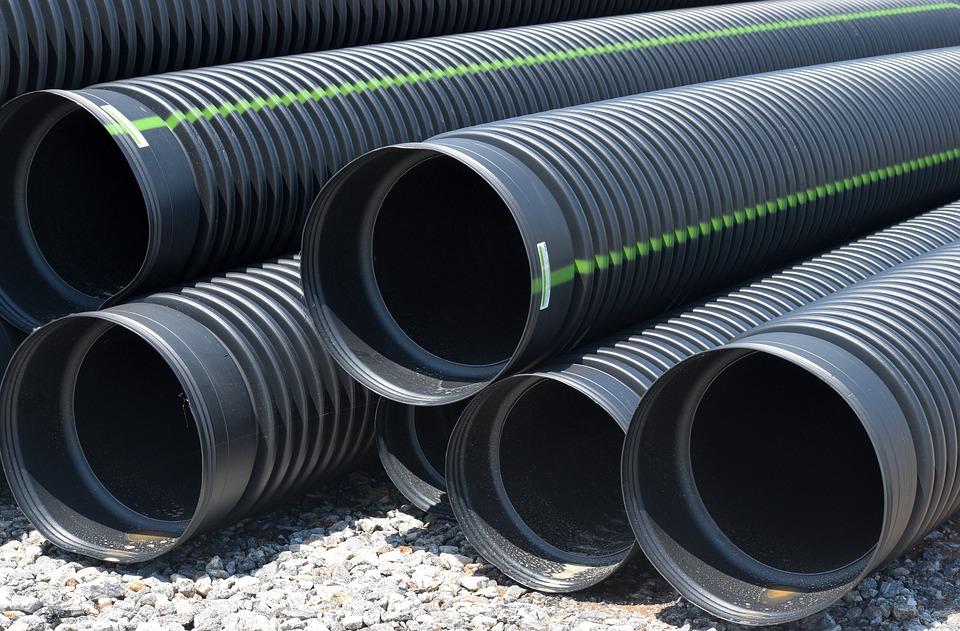Previously, excavation and replacement were often thought of as the only way to fix damaged and broken drain pipes. Which, of course, is a difficult process as more often than not, the damaged pipes were buried by some distance underground. And in some instances, drains systems may have been buried under important infrastructures, such as driveways etc.
Thankfully, today’s advancements in technology have provided drainage engineers with the means to fix drainage systems through a quicker, cheaper and easier method called; drain relining.
First Steps of Drain Relining
As you may already know, drainage issues are not always apparent from the outset and often require a drainage survey to be carried out by a drainage professional, before investing in any works to be carried out. So it is recommended to carry out a drain survey before starting any drain repairs or relining works.
The In’s & Out’s of Drain Relining
Drain relining is the process of repairing damaged drainage systems by installing a new lining (drain pipe), into the existing damaged pipework without resorting to the traditional method of full-scale excavation. Drain relining is a form of “No dig” repair work.
Drain relining can be used to fix leaks and cracks, and ultimately help with recurring blockages in a property. As no digging or extraction is required, this technique is very popular and has many advantages due to the non-destructive nature in securing your pipes – This is especially beneficial for business owners and commercial properties, where downtime will be to a minimum and business can continue as normal.
The Relining Installation Process
Once you have identified that you have issues with your drains systems which need either replacing or relining, it’s time to start fixing the problem.
The first steps of drain relining work involve cleaning and de-scaling of the pipework which is going to be relined. This work is typically carried out by high-pressure water jetting to remove any signs of scale and slit deposits and to leave the pipe cleaned and prepared for the relining process.
The UPVC relining sleeve is then installed by way of air inflation, which then cures over up to three hours. The inflation tube is removed on completion of the curing period and the new relined section is then cleaned to remove any excess resin solution.
While your drains may be out of action for a short while, this is by far the fastest method to get them fixed, you only need to wait for the new lining to be sealed to the pipes and the holes and damage will be gone. As there is no process of excavation involved, there is also no destructive work to be carried out with relining. Once the new material is in place you’ll never know that any work has been carried out at all!
Quick Clear Drainage
Quick Clear Drainage are experts in all aspects of blocked drains, drain unblocking, drainage surveys and drain repair work. For a no-obligation, free quote – Get in touch today!

